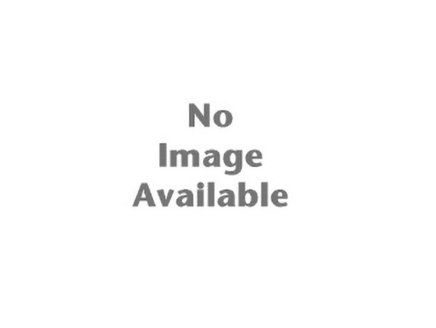Survey Data
Reg No
40905393
Rating
Regional
Categories of Special Interest
Architectural
Original Use
House
In Use As
House
Date
1840 - 1880
Coordinates
219782, 413041
Date Recorded
20/11/2013
Date Updated
--/--/--
Description
Detached three-bay single-storey vernacular house, built c. 1860, having single-bay single-storey lean-to addition with to the south-east gable end, and with single-storey addition to the rear (north-east) having mono-pitched roof over. Steeply pitched corrugated roof with steeped roughcast rendered chimneystacks to the gable ends. Slightly battered roughcast rendered walls with raised rendered block-and-start quoins to the corners of the front elevation. Square-headed window openings with smooth rendered surrounds and reveals, stone sills, and two-over-two pane timber sliding sash windows. Central square-headed doorway to the main elevation (south-west) having smooth rendered surround and replacement glazed timber door. Set slightly back from road in own grounds to the north-east of the centre of Letterkenny with small enclosed garden to the front and garden at the rear. House aligned at a right-angle to the road alignment.
Appraisal
This appealing and relatively intact example of a vernacular house retains its early form and character, and is an appealing feature to the east of the centre of Letterkenny. It original dates to the mid-to-late nineteenth century, and is one of the few vernacular buildings surviving in the area. Its integrity is enhanced by the retention of much of its salient fabric including timber sliding sash windows. Modest in scale, it exhibits the simple and functional form of vernacular building in Ireland. The steeply pitched corrugated roof indicates that this building was formerly thatched. It is arranged at a right angle to the road-alignment, a feature of many vernacular dwellings. The render quoins to the corners and the surrounds to the openings add a muted formal character that is unusual to find with vernacular dwellings. The form of this building, having chimneystacks to the gable ends and a central doorway, suggests that this building is of the ‘direct entry’ type that is characteristic of the vernacular tradition in north-west Ireland. This house represents a fine surviving example of a once ubiquitous building type in the rural Irish countryside, and is a valuable addition to the vernacular heritage of County Donegal.

